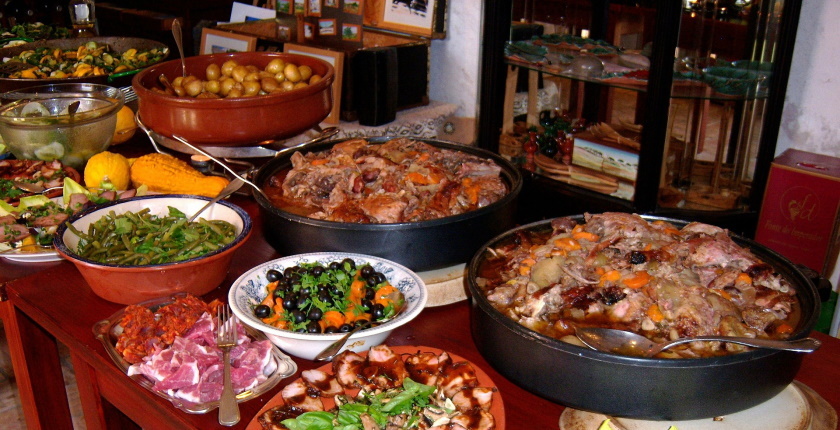
Photo: granat from Pixabay
About 40 percent of food waste from Croatian households is food that could have been eaten. In terms of quantity, meat, fruits and vegetables are thrown away the most, according to research conducted in 2021 by the Ministry of Economy and Sustainable Development in line with the new EU food waste monitoring methodology.
The part of food waste that was edible, generated mostly in households, but also in the business sector, is equivalent to 363,000 loaves of bread per day or one per every inhabitant of Split and Slavonski Brod combined, according to the authors!
The Statistical Survey on Food Waste in the Republic of Croatia was conducted in order to obtain relevant data on the basis of the new law on waste management. The data on the amount of food waste by European Union countries earlier differed significantly due to the non-uniform methodology for calculation. During 2018 and 2019, the EU established a common methodology, which was accepted by Croatia under the new law.
EU households generate 53 percent of food waste, and in Croatia 75 percent
It is estimated that EU households generate 53 percent of food waste, compared to 17 percent from the trade and the catering sector, and the share of the food production and processing sector is 30 percent, the ministry said on its website.
In Croatia, households and the business sector produce 286,379 tons of food waste annually or 71 kilograms per capita.
Out of six regions in Croatia, most food waste is generated in households in the one comprising Istria, Primorje and Gorski Kotar, about 61.1 kilograms per capita, followed by Dalmatia, about 57 kilograms. The least is produced by households in Slavonia, about 50.6 kilograms.
The largest amount of waste, three quarters, is generated in households, and about 14 percent comes from food production, including individual farms.
Reason for throwing away: too much food bought or cooked
Inedible parts of households’ food waste, such as bones, egg shells, citrus peels, represent 60 percent of the total amount, the ministry revealed and noted such material must be scrapped in any case.
But throwing away the remaining 40 percent could be prevented, it added.
Meat is thrown away the most in households, followed by fruits and vegetables
By weight, meat is thrown away the most in households, followed by fruits, vegetables other than potatoes, and potatoes. According to a poll among households, most of their food waste is inedible. When the inedible part is excluded, a little more than half of respondents cited too much purchased or cooked food and expiration as the reason for scrapping it.
Minister of Economy and Sustainable Development Tomislav Ćorić said the data demonstrate each individual can do a lot on a daily basis to reduce the amount of food waste.
The ministry said it intends to use the research results to inform the professional and general public about food waste, as well as to prepare and implement measures to prevent the generation of food waste.









Be the first one to comment on this article.